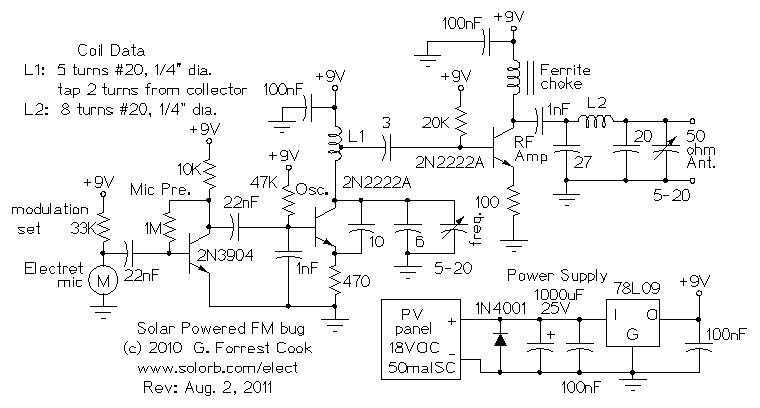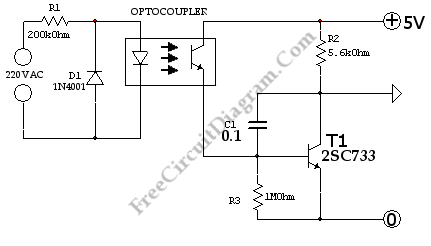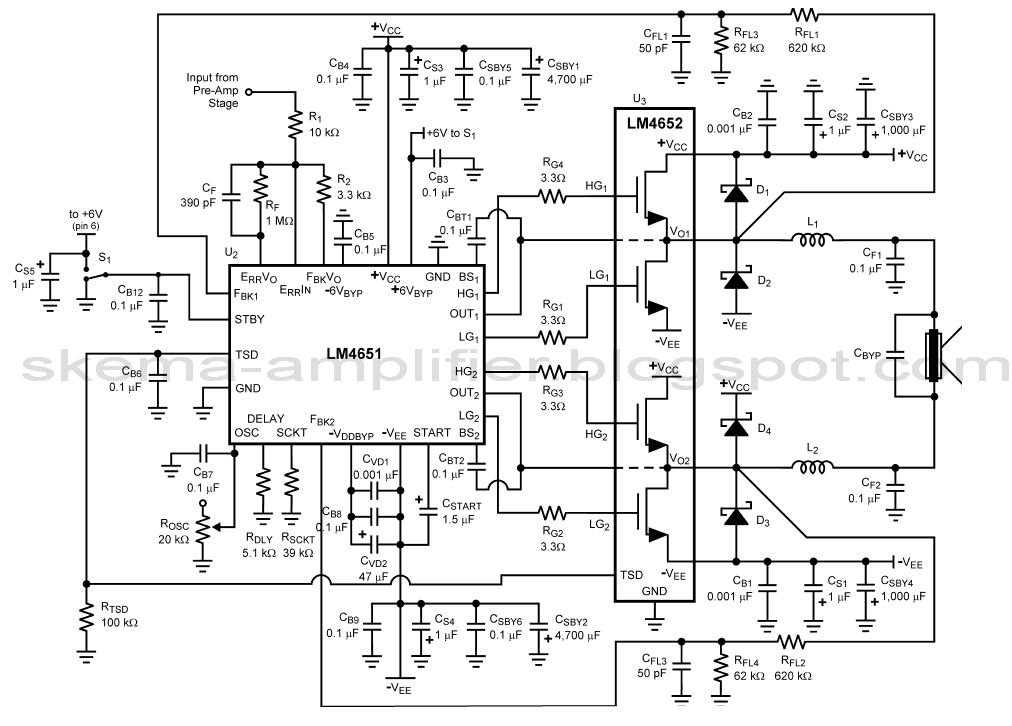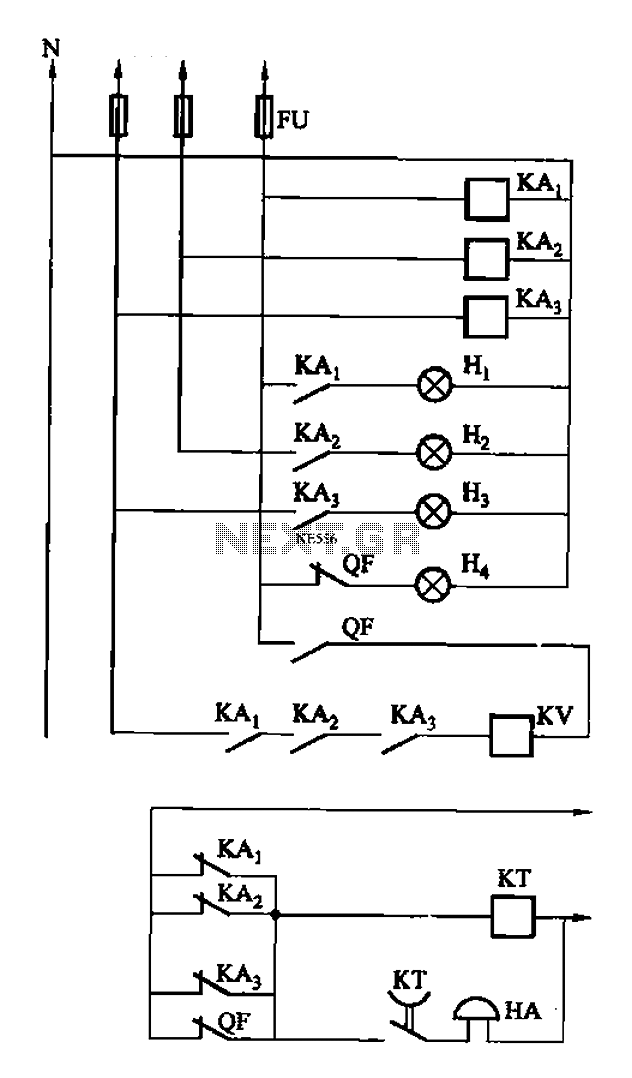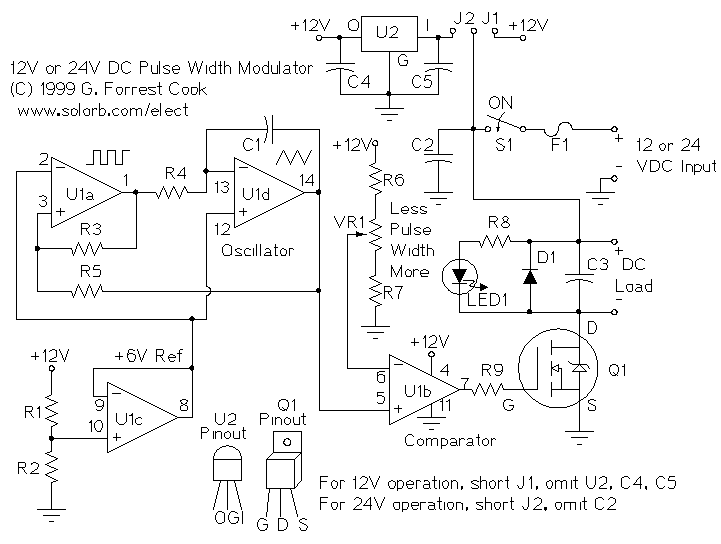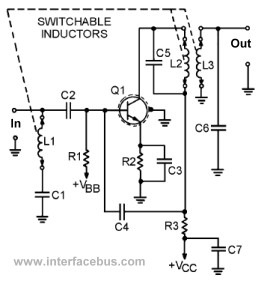
PC joystick interface circuits
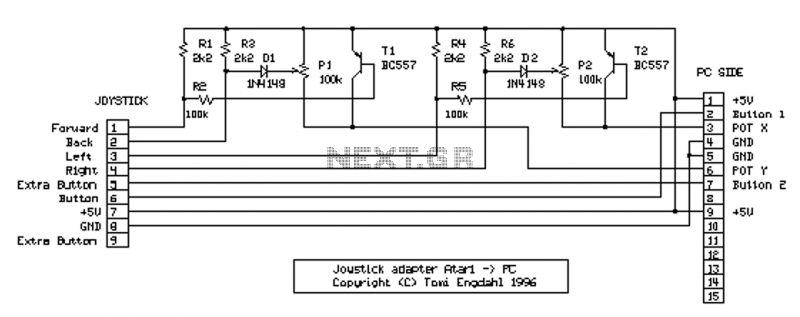
NOTE: There is no guarantee as to the suitability of said circuits and information for any purpose whatsoever other than as a self-training aid. I.E. If it blows your equipments, trashes your hard disc, wipes your backup, burns your building down or just plain don`t work, IT ISN`T MY FAULT. In the event of judicial ruling to the contrary, any liability shall be limited to the sum charged on you by us for the aforementioned document or nothing, whichever is the lower.
The provided text emphasizes the lack of liability associated with the use of certain electronic circuits and information. It serves as a disclaimer, indicating that users should approach the circuits with caution, as there is no assurance of their reliability or functionality. This cautionary note is particularly important in the field of electronics, where improper usage can lead to equipment damage or safety hazards.
In the context of electronic circuit design, it is crucial to follow best practices and adhere to established guidelines to ensure both functionality and safety. When designing circuits, considerations such as component ratings, power supply specifications, and thermal management must be taken into account. Additionally, thorough testing and validation of circuits in controlled environments are recommended before deployment in practical applications.
For educational purposes, self-training aids can be beneficial in enhancing understanding of circuit behavior and design principles. However, users should be aware that experimentation with circuits can pose risks, and appropriate safety measures should always be implemented. This includes using protective gear, working in well-ventilated areas, and ensuring that all equipment is properly rated for the intended use.
In summary, while the circuits and information may serve as valuable educational resources, the inherent risks involved necessitate a cautious approach, emphasizing the importance of safety and responsibility in electronics experimentation and design.NOTE: There is no guarantee as to the suitability of said circuits and information for any purpose whatsoever other than as a self-training aid. I.E. If it blows your equipments, trashes your hard disc, wipes your backup, burns your building down or just plain don`t work, IT ISN`T MY FAULT.
In the event of judicial ruling to the contrary, any liability shall be limited to the sum charged on you by us for the aforementioned document or nothing, whichever is the lower. 🔗 External reference
The provided text emphasizes the lack of liability associated with the use of certain electronic circuits and information. It serves as a disclaimer, indicating that users should approach the circuits with caution, as there is no assurance of their reliability or functionality. This cautionary note is particularly important in the field of electronics, where improper usage can lead to equipment damage or safety hazards.
In the context of electronic circuit design, it is crucial to follow best practices and adhere to established guidelines to ensure both functionality and safety. When designing circuits, considerations such as component ratings, power supply specifications, and thermal management must be taken into account. Additionally, thorough testing and validation of circuits in controlled environments are recommended before deployment in practical applications.
For educational purposes, self-training aids can be beneficial in enhancing understanding of circuit behavior and design principles. However, users should be aware that experimentation with circuits can pose risks, and appropriate safety measures should always be implemented. This includes using protective gear, working in well-ventilated areas, and ensuring that all equipment is properly rated for the intended use.
In summary, while the circuits and information may serve as valuable educational resources, the inherent risks involved necessitate a cautious approach, emphasizing the importance of safety and responsibility in electronics experimentation and design.NOTE: There is no guarantee as to the suitability of said circuits and information for any purpose whatsoever other than as a self-training aid. I.E. If it blows your equipments, trashes your hard disc, wipes your backup, burns your building down or just plain don`t work, IT ISN`T MY FAULT.
In the event of judicial ruling to the contrary, any liability shall be limited to the sum charged on you by us for the aforementioned document or nothing, whichever is the lower. 🔗 External reference
